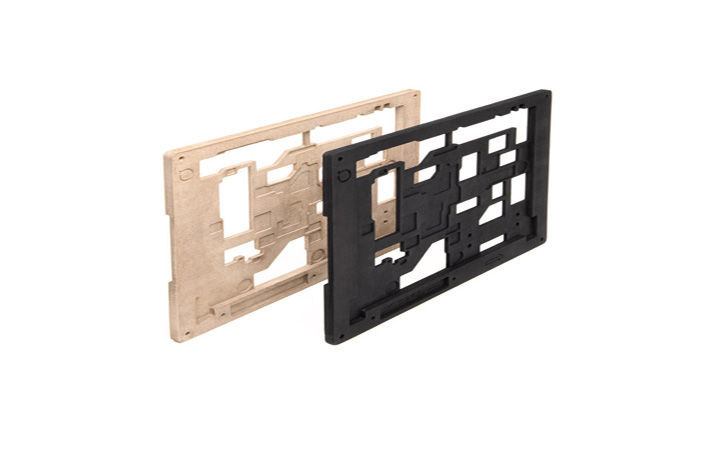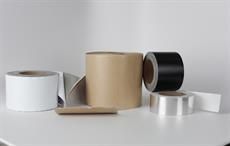Impossible Objects is collaborating with Owens Corning to develop new materials for Impossible Objects’ composite-based additive manufacturing (CBAM) process. The partnership will enable production of stronger parts at costs lower than other 3D printing processes. Cost of materials used in 3D printing is higher than traditional manufacturing materials.
The two companies have signed a joint development agreement. The collaboration with Owens Corning, a global building and industrial materials leader, will enable the production of stronger parts at costs lower than other 3D printing processes. Fibreglass composites are associated with key advantages for 3D-printed parts, including substantially greater strength-to-weight ratios compared to aluminium, lower costs, superior high-temperature performance and greater chemical resistance. Lowering material cost is important for broadening adoption of additive manufacturing. Research has shown that costs of materials used in 3D printing can be higher than traditional manufacturing materials by up to a factor of eight on a per-weight basis.Impossible Objects is collaborating with Owens Corning to develop new materials for Impossible Objects' composite-based additive manufacturing (CBAM) process. The partnership will enable production of stronger parts at costs lower than other 3D printing processes. Cost of materials used in 3D printing is higher than traditional manufacturing materials.#
“Owens Corning is committed to the development of composite materials and their applications,” said Dr. Chris Skinner, vice president of Strategic Marketing, Composites, Owens Corning. “We seek to be at the forefront of new processing and new applications involving composites. We have found the Impossible Objects technology and know-how potentially transformative for the conversion of some applications to composites. Because we believe it can be successful and deliver value to the market and our customers, we’ve entered into a joint agreement to support the development further.”
“Our CBAM process is a revolution in 3D printing, with faster speeds, better material properties and wider material selection,” said Robert Swartz, chairman and founder of Impossible Objects. “This collaboration with Owens Corning will allow us to quickly experiment with and refine new materials to significantly lower cost and bring unprecedented options for additive manufacturing.”
Impossible Objects’ proprietary CBAM technology can produce parts up to ten times faster than conventional fused deposition modeling (FDM) 3D printing. By combining high-performance polymers like nylon and PEEK with carbon fibre and fibreglass nonwoven materials, parts printed with Impossible Objects machines are stronger, lighter, have better dimensional accuracy and have better temperature performance than what’s possible with conventional 3D printing methods. The CBAM process can use a great variety of materials including carbon fibre and fibreglass paired with PEEK, PA 6, PA 12, elastomerics and most other thermoplastics.
By bringing together Impossible Objects’ CBAM process and Owens Corning’s fully integrated glass nonwoven manufacturing capabilities, the joint development agreement will allow the scaling of the CBAM process to industrial scale, enabling it to compete with other high-volume manufacturing methods like injection molding. The CBAM process can eliminate the long lead-times and tooling costs involved in injection molding, while enabling mass customisation of parts. CBAM also allows for the combination of parts, resulting in lower assembly costs.
Owens Corning is the latest materials leader to join forces with Impossible Objects to enable the development of the CBAM process. In May 2019, the chemical company BASF entered a collaboration with Impossible Objects to 3D print high-performance carbon fibre-PA6 composite parts for the first time. Also in 2019, Tiger Coatings began work with Impossible Objects for the development of thermoset-based 3D printed composites.
Fibre2Fashion News Desk (SV)


